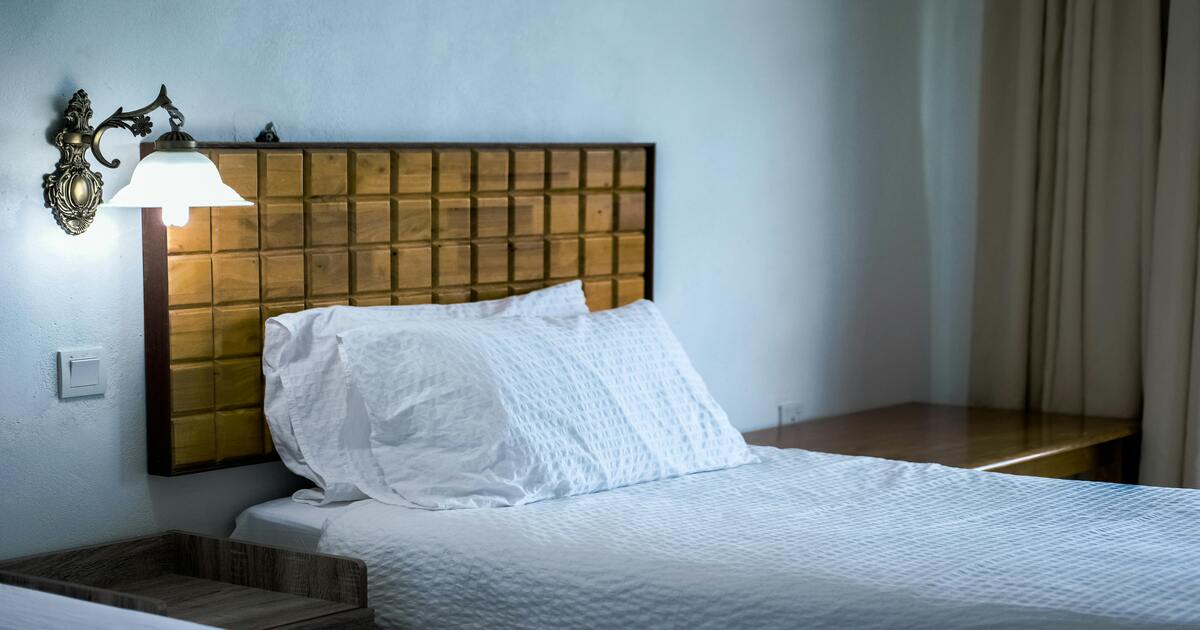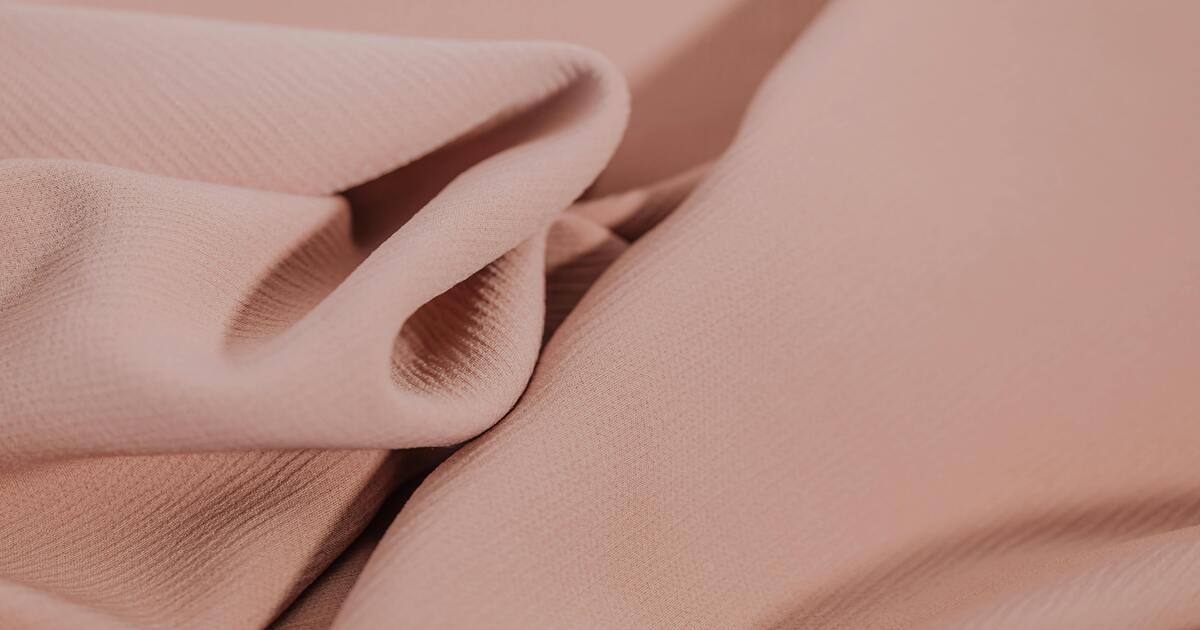Comparing Microfiber vs. Cotton Sheets
Author: Manchester Collection Date Posted:12 November 2024

What makes a bed truly inviting - the luxurious softness of cotton or the sleek convenience of microfiber? The microfiber vs. cotton debate has been going on ever since microfiber bedding started gaining widespread use, but are these two materials comparable at all? Each material boasts its own unique set of benefits, and the best choice often comes down to your preferences and needs. So let’s explore the distinctive qualities of each material and help you decide which one is best for you.
Microfiber vs. Cotton as a Material
The difference between microfiber and cotton boils down to what they are made from and how they are made. Microfiber is a synthetic fabric made from very fine polyester or polyamide fibres, woven tightly to create a soft, smooth surface. In contrast, cotton is a natural fibre derived from cotton plants, known for its breathable, versatile weave. Both materials are widely available and have unique production processes that influence their texture and performance.
The Characteristics of Microfiber
As we said, microfiber is a man-made material formed through a chemical process, often using polyester, nylon polymers, or wood pulp. Because of their synthetic composition, microfiber sheets are less prone to shrinking and wrinkling than cotton, which can be an advantage in the microfiber vs. cotton debate. Microfiber sheets are favoured for their smooth texture, durability, and affordable price, which makes them a popular choice for many people.
However, microfiber quality can vary significantly depending on the GSM (grams per square meter) rating, a measure of fabric density that affects its thickness and durability. A higher GSM, typically above 100, indicates a denser, more durable fabric. High-GSM microfiber feels stronger and tends to last longer, while a lower GSM, often under 90, is considered thinner and lower in quality.
Additionally, microfiber sheets can be brushed or unbrushed. Brushing is a technique where fibres are gently brushed to create a soft, velvety finish, enhancing the fabric’s texture. Double-brushed microfiber is treated on both sides, offering more softness and comfort. However, microfiber does have some drawbacks - it is a synthetic material that can trap heat and lacks breathability, which may make it less ideal for hot sleepers or humid climates.
The Characteristics of Cotton
On the other hand, cotton is a natural material derived from the cotton plant, and many people consider it to be the best material for bed sheets. Cotton sheets are generally breathable, soft, and absorbent, making them popular for comfortable, all-season bedding. Cotton’s natural fibres allow air to circulate, helping to regulate temperature and wick moisture, which is especially beneficial for hot sleepers or warmer climates.
However, there are different types of cotton, so cotton sheets can have varying characteristics. High-end variations of cotton are Egyptian and Pima cotton, while the most common variety is upland cotton. Egyptian cotton has extra-long fibres, which create an ultra-soft, durable fabric that becomes softer with each wash. Pima cotton is another high-quality option, having medium to long fibres that make it strong, smooth, and resistant to pilling. Both Egyptian and Pima cotton tend to be more expensive due to their quality.
The most common type is upland cotton, which is widely available and more affordable. While upland cotton sheets may not have the same level of softness as Egyptian or Pima cotton, they offer good durability and comfort at a lower price. Cotton also comes in different weaves, like percale and sateen. Percale is crisp and cool to the touch, ideal for warmer climates, while sateen has a smoother, silkier feel and a slight sheen, adding to its luxurious look. Different processing techniques can further influence the feel and durability of cotton sheets.
For instance, Jersey cotton is knitted rather than woven, giving it a soft, stretchy feel that resembles a comfy T-shirt, making it a cosy choice for cooler weather. Stonewashed cotton, on the other hand, undergoes a special washing process that softens the fabric and gives it a slightly faded, lived-in look. These variations in cotton bedding offer a wide range of options to suit different preferences and climates; however, it can also make it hard to directly compare microfiber vs. cotton sheets, as all the variations of cotton have some unique characteristics.
That being said, let’s compare the pros and cons of microfiber vs. cotton.
The Pros and Cons of Microfiber and Cotton Sheets

When comparing microfiber vs. cotton sheets, each material has some advantages and disadvantages over the other. In terms of feel, cotton generally offers a softer, natural texture that becomes softer with each wash, while microfiber is known for its smooth feel. Cotton is also more breathable, which makes it ideal for hot climates or hot sleepers, as mentioned earlier.
Microfiber, however, is highly durable, resistant to wrinkles, and holds colour well, requiring less maintenance overall. Cotton typically requires a bit more care due to its tendency to wrinkle and shrink, whereas microfiber is easy to wash and dries quickly. When it comes to allergies, allergy-prone individuals may prefer cotton for its hypoallergenic, natural fibres, though microfiber’s tightly woven structure can resist dust mites and allergens to a degree.
Cost-wise, microfiber sheets are almost always more affordable than higher-end cotton varieties like Egyptian and Pima. Finally, from an environmental standpoint, cotton is biodegradable, though its production can be resource-intensive, while microfiber is synthetic and does not decompose, making it less eco-friendly. In total, microfiber vs. cotton can be boiled down to practical and affordable vs. soft and more high-end.
What Are Both Types of Sheets Best Used For?
The best way to decide between microfiber vs. cotton sheets may be based on what you intend to use them for. Cotton sheets, with their breathable and soft qualities, are generally better suited for home use where comfort and long-term quality are priorities. They’re ideal for people who want a natural material that adapts to different climates and becomes softer with time.
Microfiber sheets, on the other hand, are often the better choice when practicality and affordability are key, such as in guest rooms, dorms, or rental properties. Their durability, easy care, and wrinkle resistance make them low-maintenance and budget-friendly. In case you are looking for high-quality bed sheets for your home, we can help you out.
Order High-Quality Cotton Sheets Online
At Manchester Collection, we offer high-quality bed sheets at affordable prices. Our range of bed sheets includes Jersey, stonewashed, long-staple cotton, and Egyptian cotton bed sheets in many sizes and colour ranges. We also have sheets made from other high-quality materials, such as satin and bamboo sheets. Our mission is to make high-quality bedding accessible to all Australians.
Browse our collection to find what you need and visit one of our stores or order online - we will deliver the items right to your address. You may also wish to check what we have on sale right now if you are looking for a bargain. Finally, don’t hesitate to contact us if you need help choosing or have any questions; we will respond as soon as possible.
